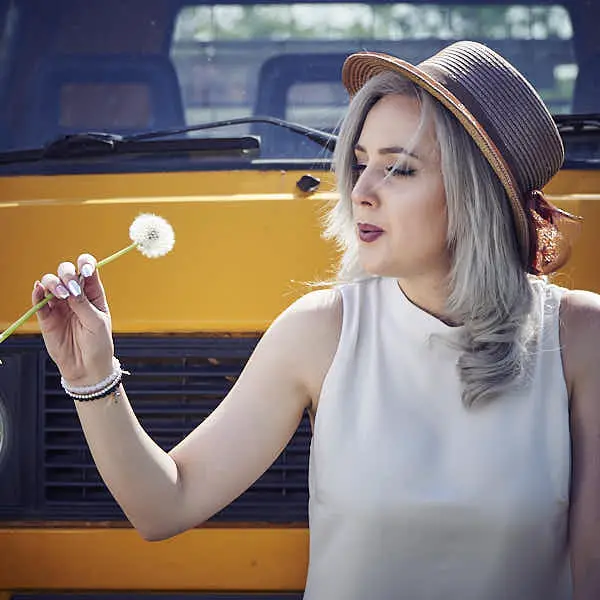If you’ve always loved taking portraits but wish you could up your game a little bit, taking the kind of portrait photos that top professionals seem to produce with no real effort at all, you’ll love the inside information we share below.
In this detailed guide you’re going to learn all about what it takes to create truly remarkable, memorable, and creative portrait fotos – the kind of photos that you’d expect to find in fine art galleries, on the back of book covers, and in personal collections all open world.
Some of these tips and tricks are going to seem a little “obvious” on the surface, others might surprise you, but all of them are going to contribute to producing better and better portraiture work for sure.
Let’s jump right in!
Backgrounds (Really) Matter
Straightaway, it’s a good idea to make sure that you are spending a lot more time focusing on the kind of background elements you want to capture with your portrait work.
A lot of photographers that are inexperienced with portrait work fall under the (understandable) assumption that the most important thing in your frame is the subject you’re taking a photo log in the first place.
And while that is (obviously) a huge piece of the puzzle, the background that you are working with is essential, too.
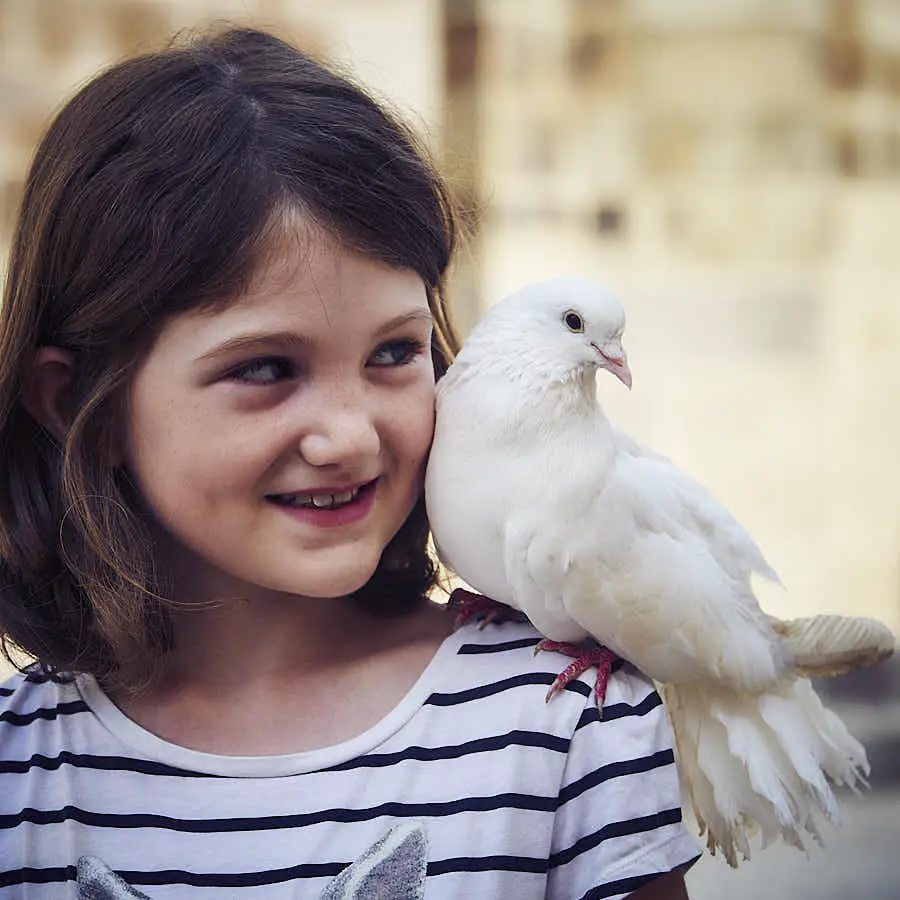
Busy and distracting backgrounds are going to steal attention from the subject of your photo, but completely neutral and “blank” backgrounds are going to have your portrait fotos looking bland and clinical.
Aim for a pop of color, some visual interest, and perhaps an “active” background that you can blur and minimize with some bokeh and your portrait work will improve dramatically.
Make Sure Your Subject is Into the Shoot
Investing in top-quality photography equipment, the best lighting gear imaginable, incredible sets and backgrounds, and years of skill and experience will never pay dividends if the subject of your portrait photos aren’t engaged, comfortable, and a partner in the portrait work.
A lot of photographers really focus on the technical side of this art, falling in love with gadgets and gizmos, the specs of their equipment, and squeezing every drop of performance out of their gear – to the detriment of their people skills, skills essential for drawing your subjects out to capture interesting and emotion filled images.
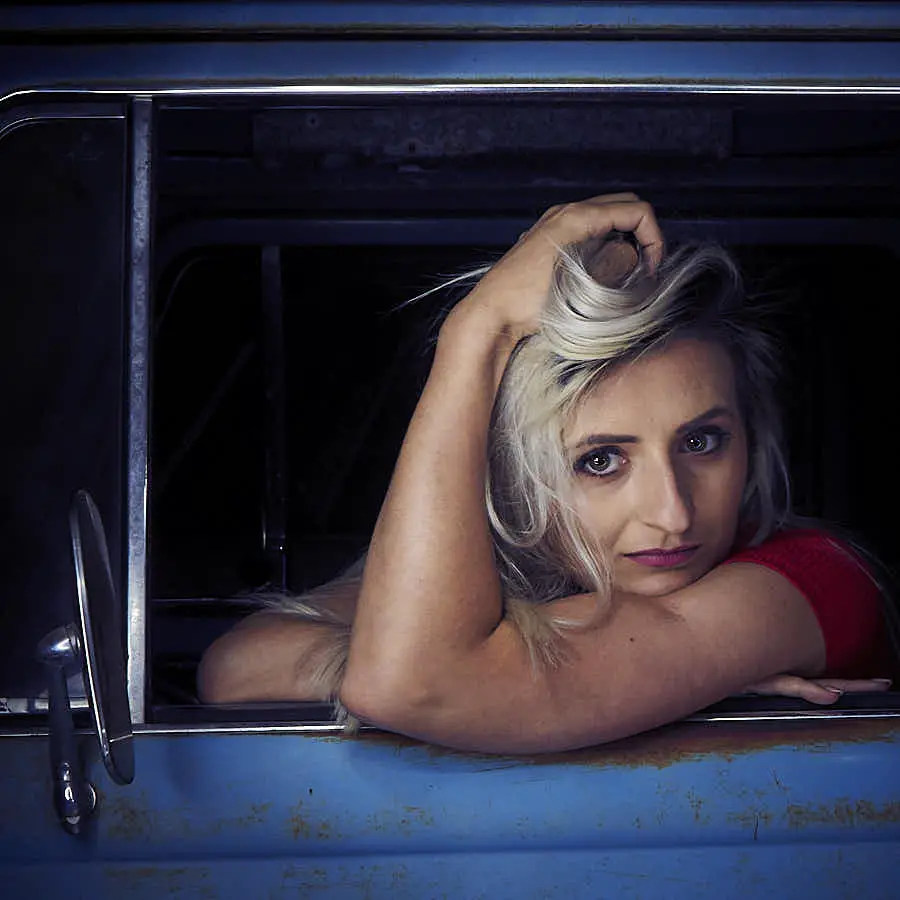
At least 50% of your work as a photographer is creating an environment that is comfortable, relaxed, and creative. The act of being photographed is very unnatural and stressful for plenty of folks, and that is going to translate in your images if you’re not able to connect with your portrait subject and get them to come alive in front of the lens.
Smalltalk, building rapport, and just generally having a lot of fun and a lot of energy can turn the tide faster than you would have thought possible.
Play Around with Poses
There’s a real reason that so many famous examples of portrait fotos have similar poses – and that’s because there are a couple of really effective angles and poses that are universally going to help improve the look of your portrait work and your subject, too.
Finding those poses, though, can take a little bit of experimentation – and you need to find a way to keep the energy and motivation of your subject high while you are tinkering with different poses.
This is why it’s always a good idea to keep your directives short, encourage them to try and find their own “sweet spot” in the poses you are recommending, and to (every now and again) try something a little off-the-wall and a little out there just to inject some fun and energy into what can quickly turn into something that feels like a lot of work.
Smart Lighting Makes a World of Difference
Lighting!
Lighting is a huge piece of the portrait fotos success puzzle, and it’s something that you are going to want to try and master regardless of whether or not you are working a dedicated studio or shooting portraiture outside.
Slightly overcast days or the “golden hour” the beginning and end of every day are the best opportunities to get that soft diffused light that’s perfect for portrait work. The last thing you want to do is shoot in direct sunlight at high noon, that’s for sure.
Alternatively, if you have the opportunity to work in a studio and completely control your lighting you’ll want to fall in love with diffusers and reflectors ASAP.
Play around with the way that these pieces of equipment bounce light around inside of your studio and you’ll be able to come up with well lit, emotional, and creative portrait fotos that would have been tough to pull off otherwise.
Your Focal Length Settings Can Make or Break Your Photos
The focal length you are shooting with on your camera lens will have an outsized impact on how your portrait fotos come out, too.
Every focal length is going to introduce some (predictable) image distortion, which isn’t necessarily a bad thing.
Obviously, a focal length below 50 mm is going to do some while distortion to facial features (exaggerating certain features while reducing the perceived size of others) – and that’s something you’ll want to shy away from with most portrait work.
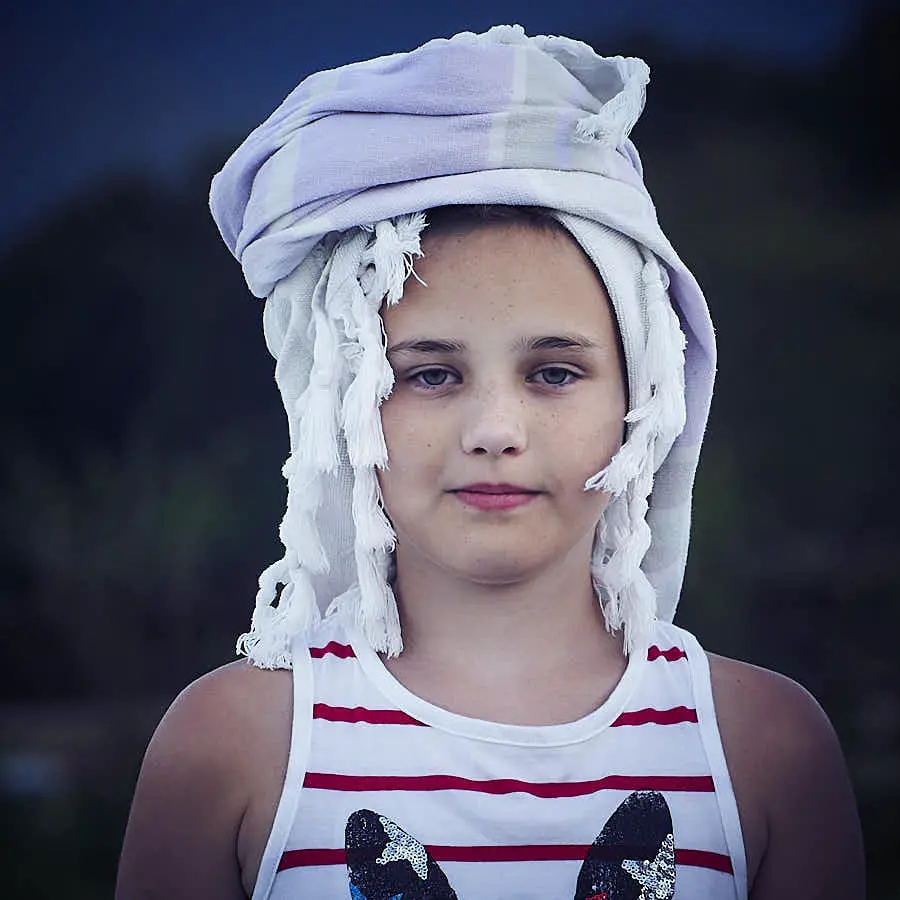
The same can be said about focal lengths over 50 mm, where the features of your portrait subject can start to look flat and two-dimensional. Go to real extremes (we are talking 100 mm or higher) and you can end up widening the face of your subject to the point where they look like they are almost a caricature of themselves.
These are not hard and fast rules, though.
The longer your focal length is and the farther away your subject is in your portrait photos the better your results are going to look, and the same can be said about shorter focal lengths and close-up work.
At the end of the day it’s all about finding focal length settings that work for the kinds of shots you are looking to accomplish. And that’s only going to be discovered with a little bit of experimentation.
Recognize how important focal length is when you’re experimenting and you’ll be good to go!
Increase ISO Speeds ASAP
One thing you’ll discover pretty quickly about working with people when shooting portrait fotos – even professional models – is that they like to move, they like to wiggle, and they like to blink when you least expect it (usually when you are pressing your shutter trigger).

Understanding this is going to happen, and not wanting to spoil a lot of your shots, it’s important that you crank your ISO number up a little higher to not only prevent motion blur but to avoid capturing those kinds of moments forever when they only last for a fraction of a second.
Dialing your ISO up (we are talking from ISO 100 to ISO 400, and maybe even higher) can add a bit more crispness to your portrait photos and eliminate “human error” almost completely.
Step Up Your Portrait Game with Shallower Depths of Field
Professional photographers that shoot a lot of portrait fotos understand the power of shallow depth of field, especially when it comes to bringing your subject into almost unbelievably sharp focus – making them the very center of attention for sure.
Adjusting your lens aperture is going to have the biggest impact in this department.
All camera lenses have a minimum and maximum aperture range, and it’s important that you understand what those extremes are and what you can achieve with different f/stop numbers.
The larger your aperture is (and the smaller your f/stop number is) the more blurred the background of your portrait photos will end up. This is great if you really bring the subject of your portrait work to the forefront of your shots while still creating interesting backgrounds that don’t steal attention at the center.
Always Shoot a Run of Candids (You’ll Strike Gold!)
Finally, it’s always a good idea to shoot a run of candid portrait fotos whenever you get the chance – especially if you start to feel the energy of a shoot starting to die down or dwindle.
For starters, candids are a great way to get the subject of your portrait work to relax, to unwind, and to get comfortable with you and posing in front of the camera.
There might not be a better icebreaker between a photographer and the person they are shooting portrait photos of than a couple of quick candids that are thrown upon an iPad or a monitor to laugh about before diving into more serious work.
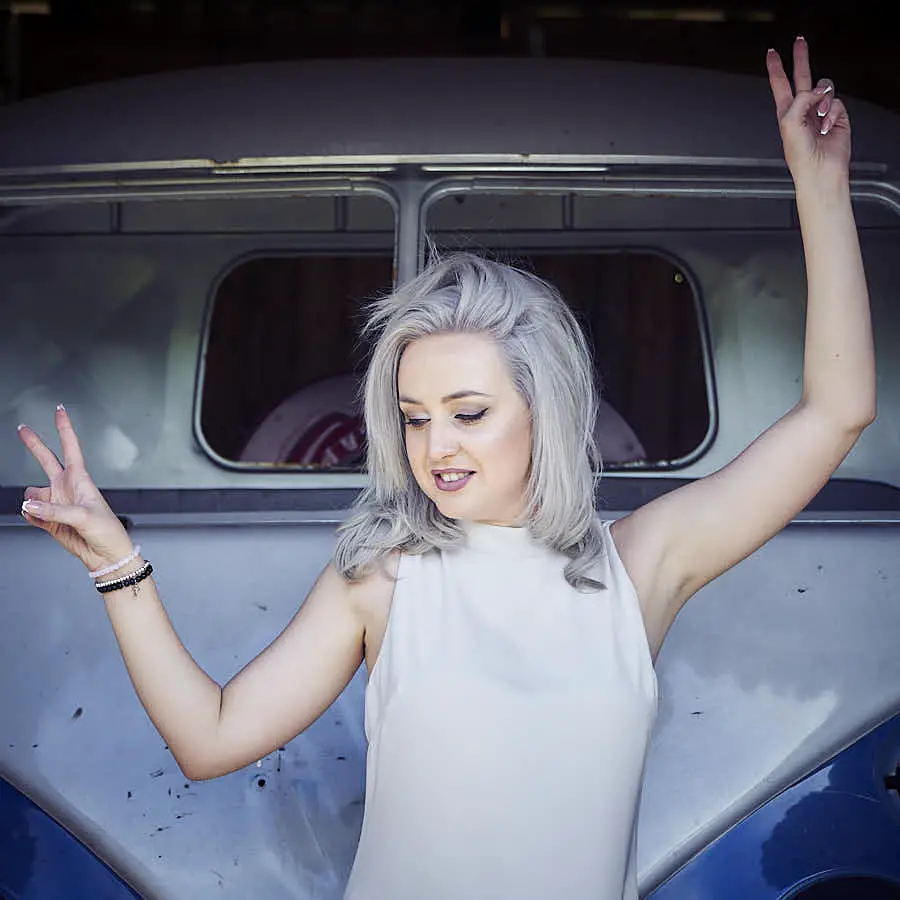
Secondly, candids have an energy and atmosphere that is almost impossible to pull off without working with really skilled and talented portrait models.
We all have candid photos in our lives that we have fallen in love with, photos that froze a moment in time forever that would have been impossible to create or capture with a staged approach.
It won’t take a lot of editing sessions to recognize just how important candid photos are, and how many great ones you can capture that you would have missed out on entirely if you start to purely posed work altogether.
So there you have it, a couple of really effective bits of “inside information” from portrait professionals to help you take your work to the next level.
Work to implement as many of the tips and tricks we highlighted above into your portrait work in your notice and almost instant upgrade in the caliber and quality of the shots you’re taking!

